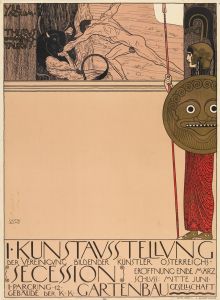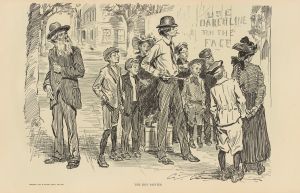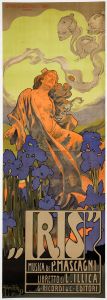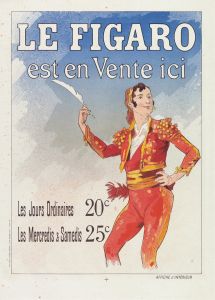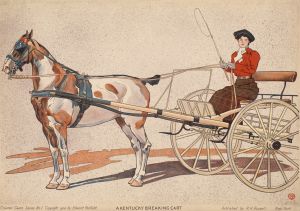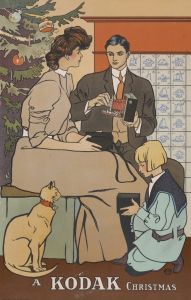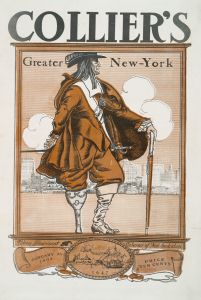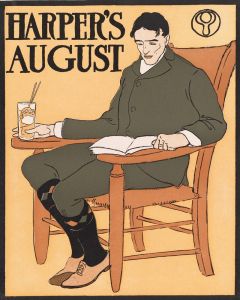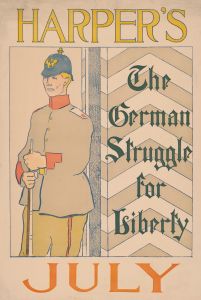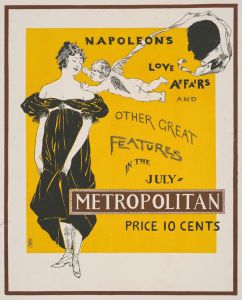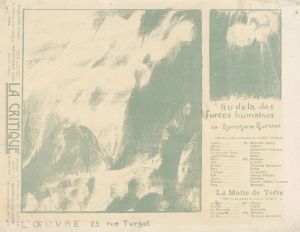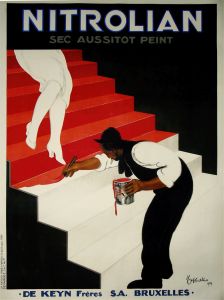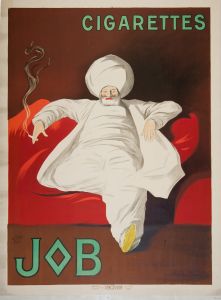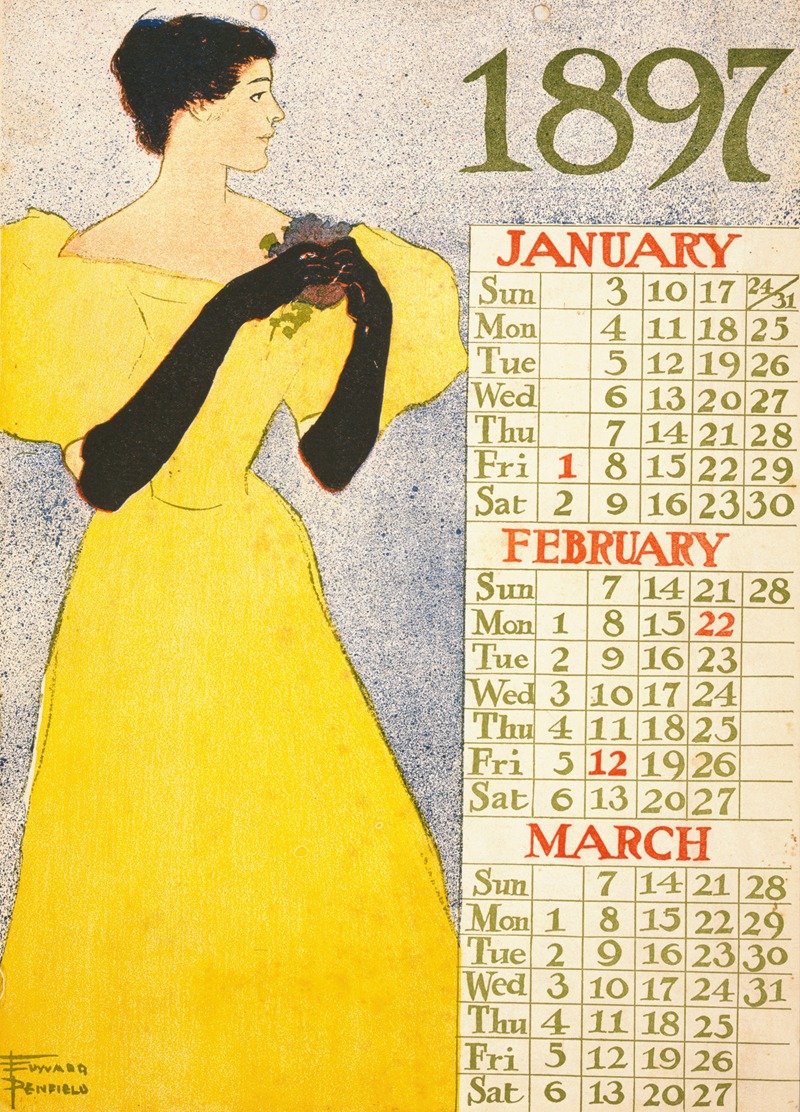
1897 January, February, March
A hand-painted replica of Edward Penfield’s masterpiece 1897 January, February, March, meticulously crafted by professional artists to capture the true essence of the original. Each piece is created with museum-quality canvas and rare mineral pigments, carefully painted by experienced artists with delicate brushstrokes and rich, layered colors to perfectly recreate the texture of the original artwork. Unlike machine-printed reproductions, this hand-painted version brings the painting to life, infused with the artist’s emotions and skill in every stroke. Whether for personal collection or home decoration, it instantly elevates the artistic atmosphere of any space.
Edward Penfield was a prominent American illustrator and graphic designer, best known for his contributions to the development of the poster art form in the late 19th and early 20th centuries. One of his notable works is the series titled "1897 January, February, March," which exemplifies his distinctive style and the cultural context of the time.
Edward Penfield was born in 1866 in Brooklyn, New York, and he became a leading figure in the American Art Nouveau movement. He is often credited with popularizing the poster as a legitimate art form in the United States. Penfield's work was characterized by its bold lines, simplified forms, and a keen sense of composition, which made his posters highly effective for advertising purposes.
The "1897 January, February, March" series was created during Penfield's tenure as the art director for Harper's Magazine, a position he held from 1891 to 1901. This series was part of a larger body of monthly cover illustrations he produced for the magazine, which were instrumental in establishing Harper's as a visually appealing publication. Each illustration in the series was designed to capture the essence of the respective month, both in terms of seasonal themes and cultural activities.
Penfield's work during this period was heavily influenced by the European Art Nouveau movement, particularly the works of French artists like Henri de Toulouse-Lautrec and Alphonse Mucha. However, Penfield adapted these influences to suit American tastes, focusing on clarity and functionality in his designs. His posters often featured everyday scenes and activities, rendered in a style that was both accessible and aesthetically pleasing.
The "1897 January, February, March" series is notable for its use of color and composition. Penfield employed a limited color palette, which was typical of the lithographic printing process of the time, yet he managed to create a sense of depth and vibrancy in his illustrations. The compositions are balanced and harmonious, with a clear focal point that draws the viewer's attention.
Penfield's illustrations for Harper's Magazine were not only artistically significant but also commercially successful. They helped to elevate the status of magazine covers and posters, transforming them into collectible items and paving the way for future generations of graphic designers and illustrators.
In summary, Edward Penfield's "1897 January, February, March" series is a testament to his skill as an illustrator and his influence on the development of American graphic design. Through his innovative use of color, composition, and thematic content, Penfield created works that were both visually striking and culturally resonant, leaving a lasting impact on the world of art and design.





